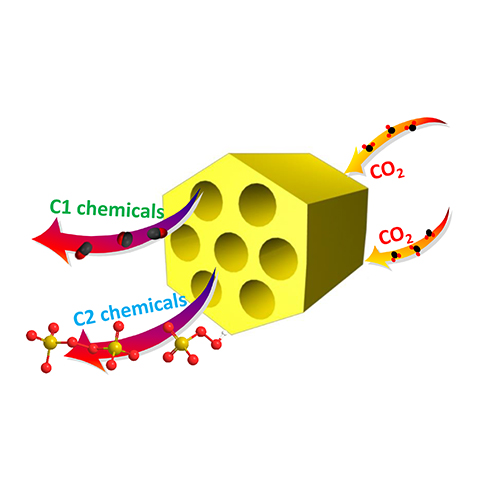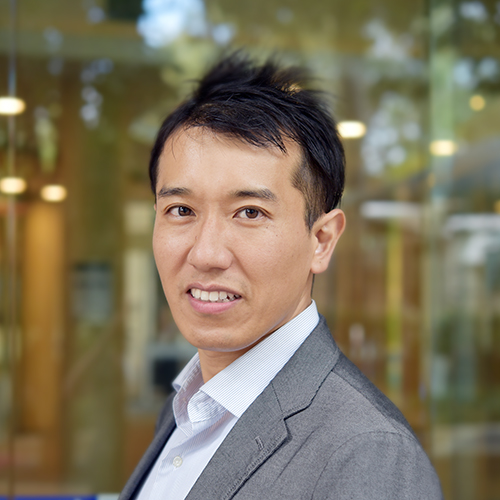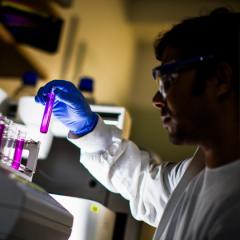University of Queensland Professor Yusuke Yamauchi, in collaboration with researchers from The University of Tokyo has been awarded the first Rio-Tinto Australia-Japan Collaboration Program Grant.

The Rio Tinto Australia-Japan Collaborative Program, which aims to encourage collaboration between Australia and Japan in science, technology and innovation, awarded the $150,000 grant to the joint project.
The project is a collaboration between Professor Yamauchi at the University of Queensland’s Australian Institute for Bioengineering and Nanotechnology and Associate Professor Toru Wakihara at the University of Tokyo. It will develop new nanostructured materials to extract harmful greenhouse gasses out of the atmosphere and convert them into useful fuels.
Carbon dioxide (CO2) and nitrous oxide (N2O) are both major contributors to climate change, and N2O also plays a significant role in destruction of the ozone layer. Traditionally, separating out these harmful but trace-level gasses from other atmospheric gasses such as nitrogen (N2) and oxygen (O2) has been extremely challenging. To address this, the collaborative team will focus on the process of adsorption, where particular molecules are chemically encouraged to form a thin film on the surface of a material.

Much like how molecules of dye adhere to the surface of a fabric depending on the nature and structure of the fabric, greenhouse gas molecules can be coaxed into forming a thin film on the surface of certain materials, provided those materials have the right chemical composition and structure.
Professor Yamauchi and Associate Professor Wakihara will design and synthetise raw materials with a unique nanoscale structure that will enable inexpensive, highly efficient adsorption of high volumes of greenhouse gasses.
Materials being developed include single layers of carbon atoms (graphene), and a material resembling volcanic mineral called zeolite, which previous studies have shown hold the greatest promise for gas adsorption. Moreover, the materials will be constructed to include unique nanoscale pores that will further increase adsorption capacity.
In addition to seeking to reduce harmful levels of CO2 and N2O in the atmosphere, this project will also play an important role in enhancing collaborative research between Japan and Australia in the fields of chemical engineering and materials science.


